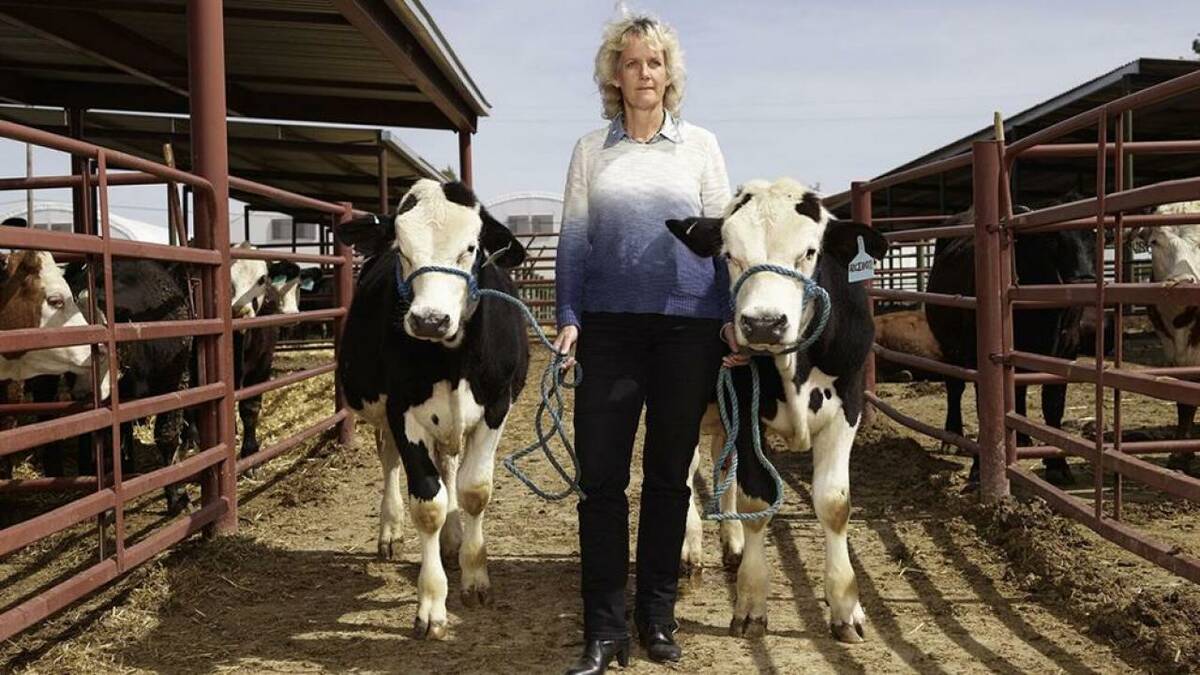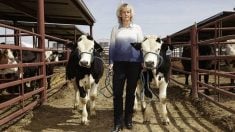Sharon Rempel wants to know who her neighbors are.
The curator of heritage wheat varieties is protective of the small quantities of seed in her collection and the crops that are being grown by about 30 producers in Saskatchewan and Alberta this year.
Her biggest fear is that those crops could be planted next to trial plots of Monsanto’s Roundup Ready wheat. She has asked the Canadian Food Inspection Agency where those plots are, but neither the CFIA or Monsanto will tell her.
A CFIA spokesperson said the agency is not legally allowed to divulge that information. Monsanto Canada Inc. said it wants the locations kept secret to protect them from sabotage by anti-GMO activists.
Read Also

Stacking Canada up on gene editing livestock
Canada may want to gauge how Argentina and other countries have approached gene editing in livestock and what that has meant for local innovation.
Monsanto spokesperson Trish Jordan said Rempel has nothing to fear because this is the fourth year of Roundup Ready wheat trials and the company is meeting the federal government’s safeguards.
Jordan offered to look at a list of the 21 Alberta farms and 15 Saskatchewan farms where Rempel said heritage wheat is being grown and compare it to Monsanto’s trial sites.
She said she could warn Rempel if there are close matches.
That concession didn’t mollify Rempel.
“I couldn’t tell you where all the farmers are growing heritage seeds in Canada.”
Rempel said heritage wheat isn’t her only concern. She is also worried about contamination of organic wheat and other seed collections like those maintained by the Canadian Gene Bank.
Monsanto will help co-ordinate 152 trials in 33 locations in 2001, slightly more than it did last year.
The research will be conducted by government and university scientists and will be monitored by the federal government.
One of the CFIA’s key regulations is a 30 metre buffer zone between genetically modified wheat research plots and other wheat or plants of a related species. The buffer was bumped up from 10 m earlier this year.
Stephen Yarrow, CFIA’s national manager of plant biosafety and the official who oversees the inspection of GM crops, said 30 m is more than sufficient based on current information about the biology and pollen flow of wheat.
“The perfect trial would probably be 100 miles or something like that, but that’s not being very practical.”
He said the CFIA will inspect all Roundup Ready research plots to ensure Monsanto is following the rules.
That doesn’t appease Rempel, who doesn’t put much credence in the 30 m buffer.
“Do bees, aphids and insects adhere to the 30 m buffer? I don’t think so,” Rempel said.
“We don’t know how they’re going to perform out in the wild with some of these horrible winds we’ve been getting.”
Jordan said GM crops have been grown in research plots around the world since the 1970s. Monsanto has never had a GM crop escape from a plot and set up a population outside the trial site, she added.
“There are a significant number of regulations and controls and hoops that we jump through to make sure the risks are diminished.”
Yarrow said Monsanto has consistently complied with the CFIA’s guidelines.
A small portion of this year’s Roundup Ready wheat trials will be used as the first step in the long variety registration process.















